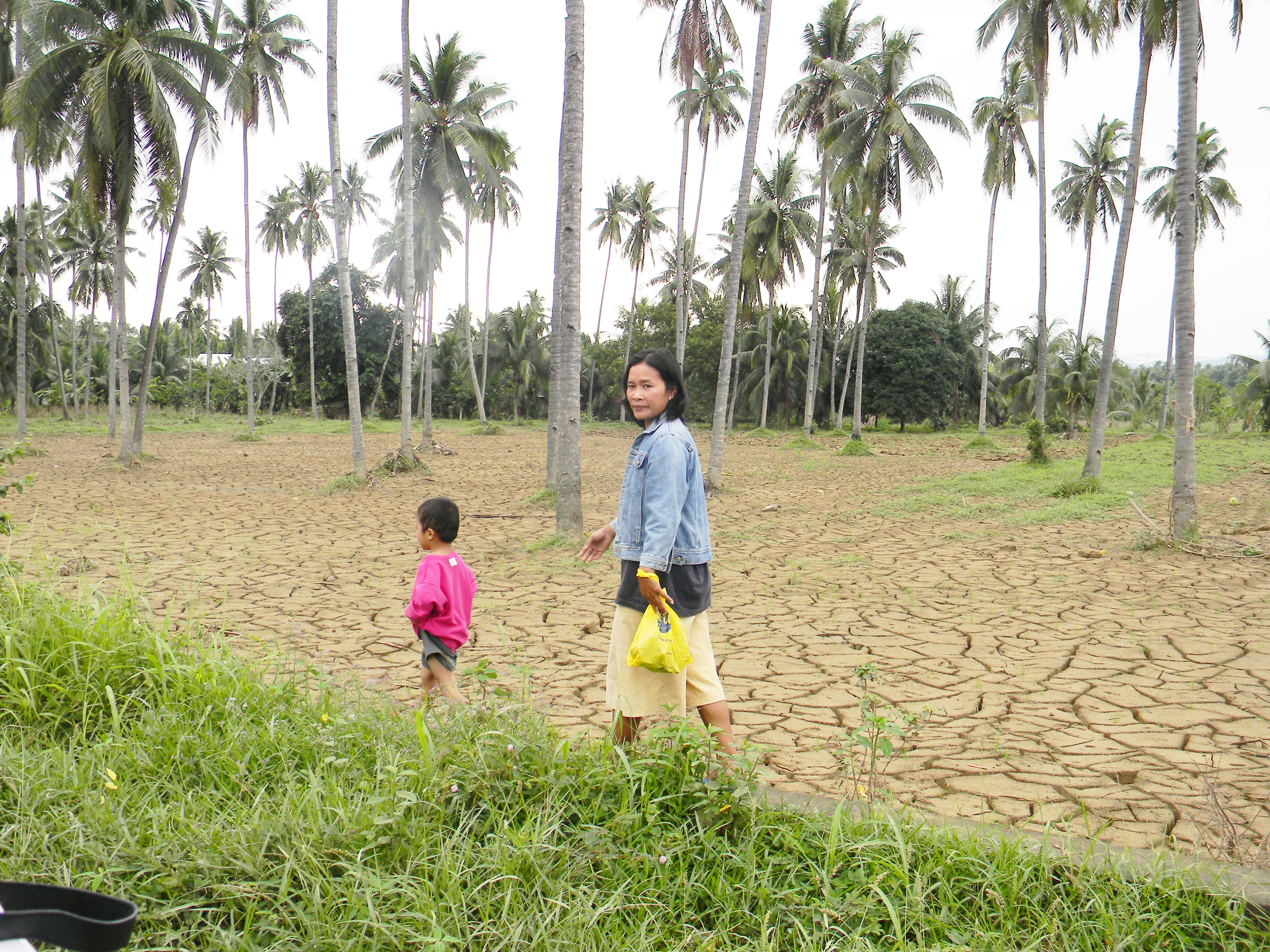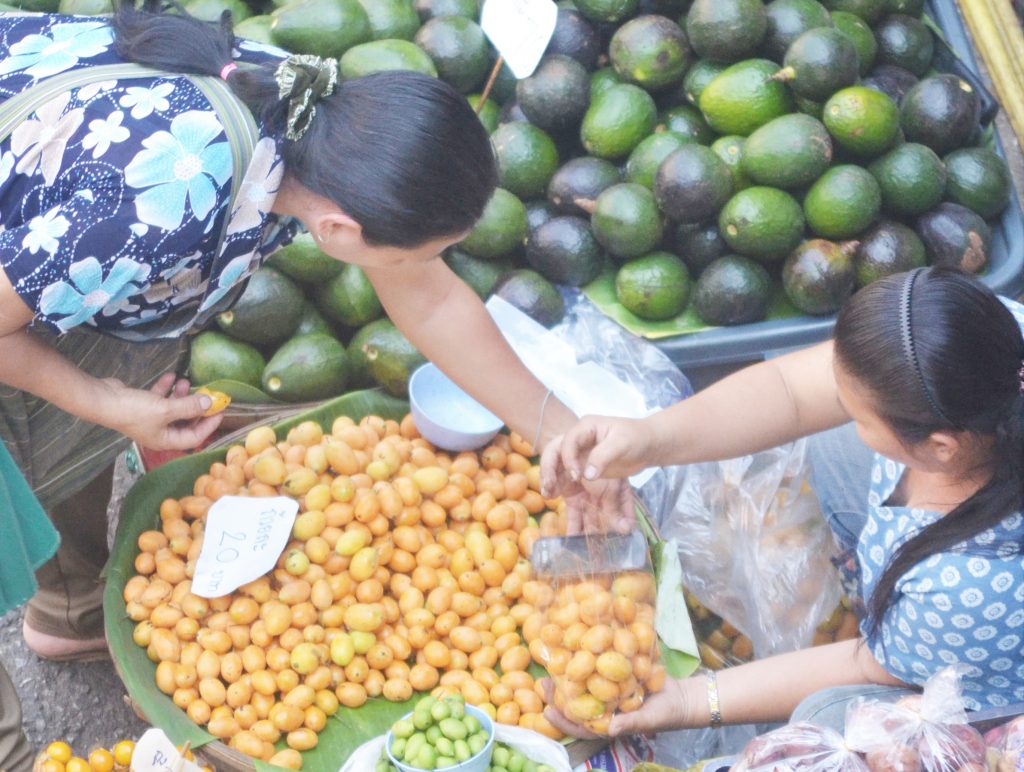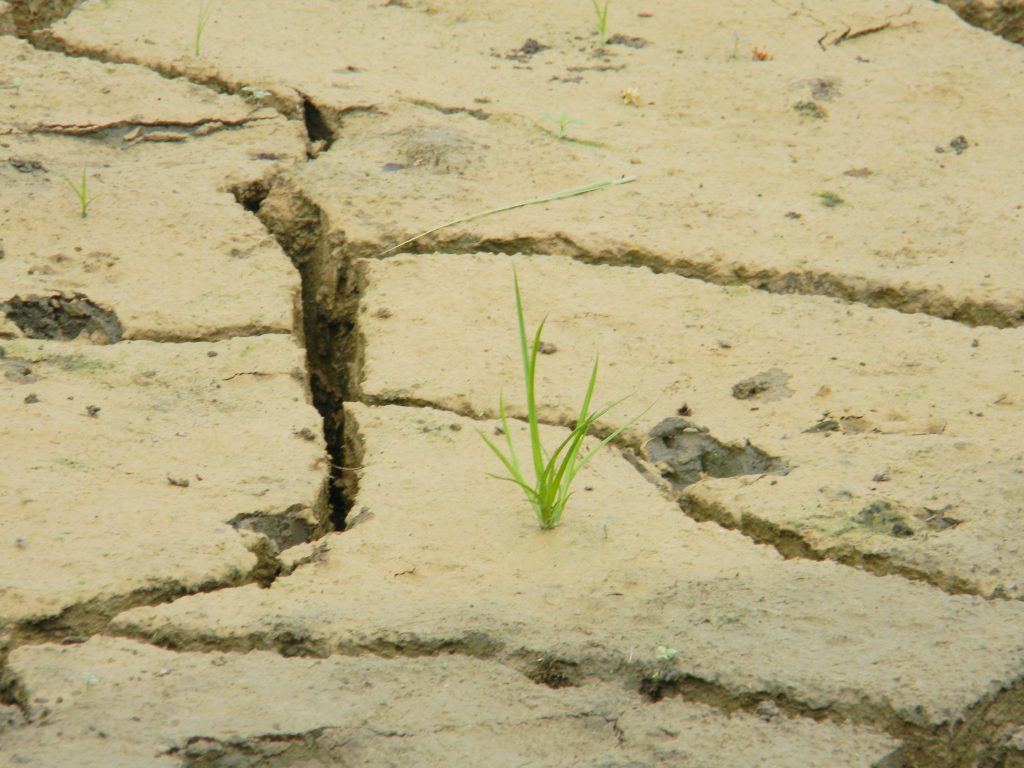It rose out of the tropical Pacific in late 1997, bearing more energy than a million Hiroshima bombs. By the time it had run its course eight months later, the giant El Niño of 1997-98 had deranged weather patterns around the world, killed an estimated 24,000 people, displaced six million and affected some 111 million. The guesstimated cost of property damage worldwide: US$34 billion.

“The 1997-98 event was a wake-up call,” Dr. Michael Glantz of the National Center for Atmospheric Research in Boulder, Colorado was quoted as saying. “Awareness of El Niño can do to societies and economies are now high.”
No one knows precisely when El Niño first struck. Historians are dating the phenomenon at least as far back as the early 1500s, when the Spanish conquistadores entered South America amid raging storms. Some 400 years before that, there were some records of terrible sweeping through pre-Columbian communities.
Originally, Spanish fishermen named the event as “Corriente del Niño.” The word “corriente” describes the appearance of warm ocean current flowing from time to time in the eastern equatorial Pacific region along the South American coasts. The word “Niño” was traditionally associated with the birth of Baby Jesus, as it was observed around Christmas. It was used to be considered a local event along the coasts of Peru and Ecuador. Through the years, “corriente” was dropped out, leaving only “El Niño.”
According to the Global Environmental Outlook 2000 (GEO 2000), El Niños are not natural disasters but natural variations in climate. They normally occur every three to five years, lasting 6-18 months. Between El Niños, there are often periods marked by a cooling of the surface waters of the same area of the Pacific, a phenomenon called La Niña (“the girl”). The whole cycle is called the El Niño Southern Oscillation (ENSO).
The ocean current is characterized as “a mysterious, massive pond of warm, nutrient-poor seawater” which produces a periodic shift in ocean temperatures and atmospheric conditions in the tropical Pacific. El Niño varies the surface temperature of the central eastern part of the tropical Pacific by up to 4 degrees Centigrade, with associated changes in the wind and rainfall patterns. This condition disrupts weather around the world leading to nasty extremes.
The energy reserve that El Niño carries is huge, almost beyond what mind can fully comprehend. Listen to the explanation of one American meteorologist: “(El Niño) contains more energy than has been procured from all the fossils fuel burned in the United States since the beginning of the century – that’s all the gasoline in all the cars, the coal in all the power plants, the natural gas in all the furnaces. It would take more than a million large power plants, at 1,000 megawatts each, running full tilt for a year, to heat the ocean that much.”

It’s no wonder El Niño has a herculean impact around the world. “El Niños have far-reaching effects,” notes GEO 2000, published by the United Nations Environment Program (UNEP). “The build-up of warm water along the west coast of South America prevents the normal upwelling of cold water from the ocean depths. In the western Pacific, the normally rain-bearing cloud systems shift eastward the central and eastern Pacific, bringing heavy rainfall to these areas while countries in the western Pacific, such as Australia, Indonesia and Papua New Guinea experience drought.”
Scientists claim the effects of the changes in wind speed and direction, sea surface temperatures and the depths of the warm water often extend into temperature latitudes. For instance, most El Niño winters are mild over western Canada and parts of the northern US, and wet over the southern US from California to Florida. Southern China is subject to storms and southern Africa has a tendency to drought.
One of the most significant El Niño occurrences happened in 1982/83. “This El Niño was a maverick: It behaved differently from recent predecessors,” recalled Dr. Eugene H. Rasmusson, a leading American authority on the phenomenon who was with U.S. National Oceanic and Atmospheric Administration (NOAA). “That’s one reason we didn’t recognize it.
“Another reason was a trick of nature. When it was first stirring in spring of 1982, the Mexican volcano El Chichon belched an immense volume of dust into the atmosphere. The alien material misled our satellite sensors, thereby producing unreliable Pacific Ocean temperature,” Dr. Rasmusson recalled.
When the said El Niño arrived, it was totally devastating. “The pressure anomaly registered the strongest ever,” Dr. Rasmusson remembered. “The trade winds faltered, and the equatorial current reversed direction across the entire Pacific. Sea-surface temperatures rose as much as 14 degrees Fahrenheit above normal, until a great tongue of warm water stretched 8,000 miles along the Equator.”
In the Philippines, one of the worse El Niño events happened between 1997 and 1998. “The fury of El Niño began on the third quarter of 1997,” noted a briefing paper published by the Philippine Council for Agriculture, Aquaculture and Natural Resources Research and Development (PCAARRD). “El Niño weather condition struck mostly Southern and Central Philippines.”
Among the provinces badly hit by El Niño were South Cotabato, North Cotabato, Davao del Sur, Sultan Kudarat, Maguindanao, Sarangani, Davao del Norte, Davao Oriental, Davao City, Cotabato City, and General Santos City.
El Niño affected almost 74,000 hectares of agricultural lands in 18 provinces. Based on a report released by the Department of Agriculture, the country’s palay and corn production during the first half of 1998 went down by 27% and 44%, respectively.
The wrath of El Niño’s did not spare the Visayas region. Because of prolonged drought that affected 267 barangays, Negros Occidental was declared under a state of calamity.
In Mindanao, drought affected about 497,238 agricultural families, including tribal communities. Some 74 people died, some of them died of starvation. Other reports said sources of potable water in General Santos City and adjacent areas dried up. Davao del Sur also experienced shortage in potable water. Some portions of Mount Apo, Mount Matutum, and forested areas in Maragusan suffered from forest fires.
The long drought brought about by El Niño was so severe that the indigenous communities had hard time finding food that they had to force themselves to eat wild yam. In the province of Cotabato, drought affected farm lands and cattle; lumads reportedly ate kayos just to survive.
“Not much was known about the events that stunned the whole world – the sudden changes in climate, the warm ocean currents, extreme drought, heavy rains and flooding, hazardous forest fires, and snowstorms,” points out El Niño Southern Oscillation: Mitigating Measures, published jointly by the Department of Science and Technology and the Department of Agriculture.
“However, the damage to numerous human lives and substantial properties and livelihood brought great impact which necessitated that humanity be clarified on issues concerning the events,” the book adds. “Nowadays, science can explain what causes these atmospheric events and how these can be possibly be abated.”
Dr. Glantz, author of Lessons Learned from the 1997-98 El Niño: Once Burned, Twice Shy, calls for the development of regional organizations so that countries can work together in preparing El Niño. Other recommendations include involving top government leaders early in disaster planning; mapping the world’s most vulnerable populations; improving forecasting; educating local decision-makers on how best to use El Niño forecasts and developing a scientific establishment within each country to use research from other nations.
A country needs to understand how this phenomenon affects it, how good the forecasts are and what it can do to prepare for El Niño, Dr. Glantz said. He cited Peru – where El Niño can mean inundating rains – as a good example of what was done right. The government formed a task force to coordinate activities and obtained money from the World Bank to take actions such as cleaning up rivers and canals and shoring up bridges and roads.
El Niño’s effect may not be the same every time, Dr. Glantz added, but a country that is drought-prone, for example, can still take action if it knows something is likely to happen.

“The brighter side of the El Niño is that if we are prepared for it, we will survive more than ever before,” wrote Dr. Gloria Diokno in an article published in Health and Home. “We will even be better for it. For what could better test a nation’s coping ability and creativity than a natural disaster that announces itself ahead of time? Impending crisis is the mother of innovation, so goes the saying.”
In the farm, what can be done to mitigate the effects of El Niño? The agriculture department suggests planting alternative crops that are drought-tolerant such as sweet pepper, yam, winged bean, tomato, corn, garlic, ginger, melon, pigeon pea, cassava, mung bean, cucumber, cowpea, string bean and peanut. Water should be only during the cool part of the day – not on windy days.
In forest plantations and agrofarms, occurrence of fire must be prevented by constructing firelines and removing highly combustible materials from the area. Planting of drought-resistant or tolerant cover crops in open areas is highly encouraged to prevent loss of topsoil and help improve the land. Where feasible, construction of small water impounding reservoir and other soil and water conservation measures to catch and store water from rain or divert water from source is likewise recommended.






